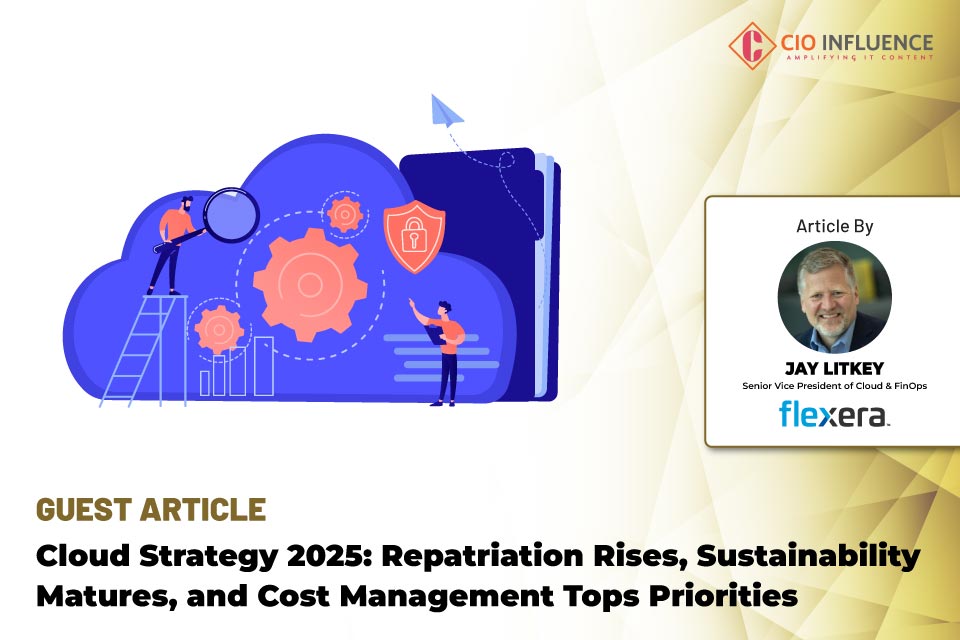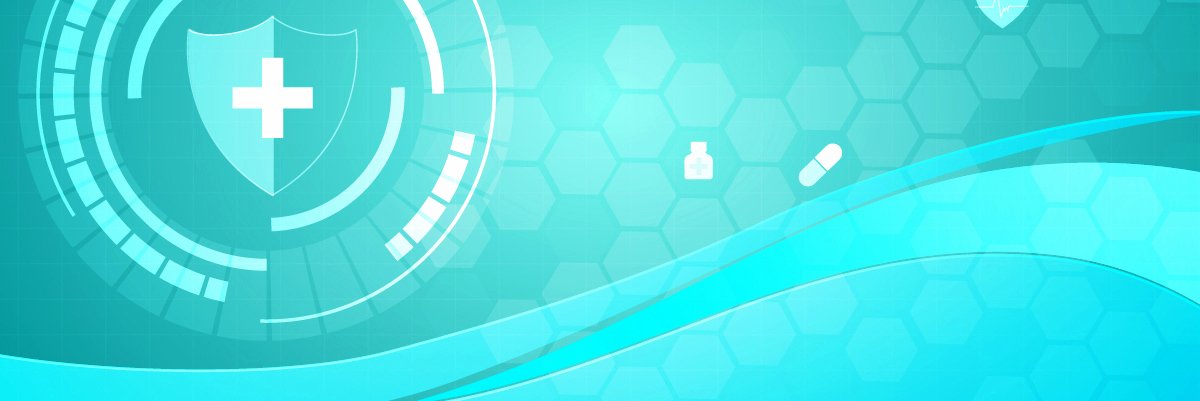Quote for the day:
"To do great things is difficult; but to command great things is more difficult." -- Friedrich Nietzsche
The Human-Centric Approach To Digital Transformation

Involving employees from the beginning of the transformation process is vital
for fostering buy-in and reducing resistance. When employees feel they have a
say in how new tools and processes will be implemented, they’re more likely to
support them. In practice, early involvement can take many forms, including
workshops, pilot programs, and regular feedback sessions. For instance, if a
company is considering adopting a new project management tool, it can start by
inviting employees to test various options, provide feedback, and voice their
preferences. ... As companies increasingly adopt digital tools, the need for
digital literacy grows. Employees who lack confidence or skills in using new
technology are more likely to feel overwhelmed or resistant. Providing
comprehensive training and support is essential to ensuring that all employees
feel capable and empowered to leverage digital tools. Digital literacy
training should cover the technical aspects of new tools and focus on their
strategic benefits, helping employees see how these technologies align with
broader company goals. ... The third pillar, adaptability, is crucial for
sustaining digital transformation. In a human-centered approach, adaptability
is encouraged and rewarded, creating a growth-oriented culture where employees
feel safe to experiment, take risks, and share ideas.
Forging OT Security Maturity: Building Cyber Resilience in EMEA Manufacturing
When it comes to OT security maturity, pragmatic measures that are easily
implementable by resource-constrained SME manufacturers are the name of the
game. Setting up an asset visibility program, network segmentation, and simple
threat detection can attain significant value without requiring massive
overhauls. Meanwhile, cultural alignment across IT and OT teams is essential.
... “To address evolving OT threats, organizations must build resilience from
the ground up,” Mashirova told Industrial Cyber. “They should enhance incident
response, invest in OT continuous monitoring, and promote cross-functional
collaboration to improve operational resilience while ensuring business
continuity and compliance in an increasingly hostile cyber environment.” ...
“Manufacturers throughout the region are increasingly recognizing that cyber
threats are rapidly shifting toward OT environments,” Claudio Sangaletti, OT
leader at medmix, told Industrial Cyber. “In response, many companies are
proactively developing and implementing comprehensive OT security programs.
These initiatives aim not only to safeguard critical assets but also to
establish robust business recovery plans to swiftly address and mitigate the
impacts of potential attacks.”
Quantum Leap? Opinion Split Over Quantum Computing’s Medium-Term Impact

“While the actual computations are more efficient, the environment needed to
keep quantum machines running, especially the cooling to near absolute zero,
is extremely energy-intensive,” he says. When companies move their
infrastructure to cloud platforms and transition key platforms like CRM, HCM,
and Unified Comms Platform (UCP) to cloud-native versions, they can reduce the
energy use associated with running large-scale physical servers 24/7. “If and
when quantum computing becomes commercially viable at scale, cloud partners
will likely absorb the cooling and energy overhead,” Johnson says. “That’s a
win for sustainability and focus.” Alexander Hallowell, principal analyst at
Omdia’s advanced computing division, says that unless one of the currently
more “out there” technology options proves itself (e.g., photonics or
something semiconductor-based), quantum computing is likely to remain
infrastructure-intensive and environmentally fragile. “Data centers will need
to provide careful isolation from environmental interference and new support
services such as cryogenic cooling,” he says. He predicts the adoption of
quantum computing within mainstream data center operations is at least five
years out, possibly “quite a bit more.”
Introduction to Observability

Observability has become a concept, in the field of information technology in
areas like DevOps and system administration. Essentially, observability
involves measuring a system’s states by observing its outputs. This method
offers an understanding of how systems behave, enabling teams to troubleshoot
problems, enhance performance and ensure system reliability. In today’s IT
landscape, the complexity and size of applications have grown significantly.
Traditional monitoring techniques have struggled to keep up with the rise of
technologies like microservices, containers and serverless architectures. ...
Transitioning from monitoring to observability signifies a progression, in the
management and upkeep of systems. Although monitoring is crucial for keeping
tabs on metrics and reacting to notifications, observability offers a
comprehensive perspective and the in-depth analysis necessary for
comprehending and enhancing system efficiency. By combining both methods,
companies can attain a more effective IT infrastructure. ... Observability
depends on three elements to offer a perspective of system performance and
behavior: logs, metrics and traces. These components, commonly known as the
“three pillars of observability,” collaborate to provide teams, with the
information to analyze and enhance their systems.
Cloud Strategy 2025: Repatriation Rises, Sustainability Matures, and Cost Management Tops Priorities

After more than twenty years of trial-and-error, the cloud has arrived at its
steady state. Many organizations have seemingly settled on the cloud mix best
suited to their business needs, embracing a hybrid strategy that utilizes at
least one public and one private cloud. ... Sustainability is quickly moving
from aspiration to expectation for businesses. ... Cost savings still takes
the top spot for a majority of organizations, but notably, 31% now report
equal prioritization between cost optimization and sustainability. The
increased attention on sustainability comes as the internal and external
regulatory pressures mount for technology firms to meet environmental
requirements. There is also the reputational cost at play – scrutiny over
sustainability efforts is on the rise from customers and employees alike. ...
As organizations maintain a laser focus on cost management, FinOps has emerged
as a viable solution for combating cost management challenges. A comprehensive
FinOps infrastructure is a game-changer when it comes to an organization’s
ability to wrangle overspending and maximize business value. Additionally,
FinOps helps businesses activate on timely, data-driven insights, improving
forecasting and encouraging cross-functional financial accountability.
Building Adaptive and Future-Ready Enterprise Security Architecture: A Conversation with Yusfarizal Yusoff
Securing Operational Technology (OT) environments in critical industries
presents a unique set of challenges. Traditional IT security solutions are
often not directly applicable to OT due to the distinctive nature of these
environments, which involve legacy systems, proprietary protocols, and long
lifecycle assets that may not have been designed with cybersecurity in mind.
As these industries move toward greater digitisation and connectivity, OT
systems become more vulnerable to cyberattacks. One major challenge is
ensuring interoperability between IT and OT environments, especially when OT
systems are often isolated and have been built to withstand physical and
environmental stresses, rather than being hardened against cyber threats.
Another issue is the lack of comprehensive security monitoring in many OT
environments, which can leave blind spots for attackers to exploit. To address
these challenges, security architects must focus on network segmentation to
separate IT and OT environments, implement robust access controls, and
introduce advanced anomaly detection systems tailored for OT networks.
Furthermore, organisations must adopt specialised OT security tools capable of
addressing the unique operational needs of industrial environments.
CDO and CAIO roles might have a built-in expiration date

“The CDO role is likely to be durable, much due to the long-term strategic
value of data; however, it is likely to evolve to encompass more strategic
business responsibility,” he says. “The CAIO, on the other hand, is likely to
be subsumed into CTO or CDO roles as AI technology folds into core
technologies and architectures standardize.” For now, both CIAOs and CDOs have
responsibilities beyond championing the use of AI and good data governance,
Stone adds. They will build the foundation for enterprise-wide benefits of AI
and good data management. “As AI and data literacy take hold across the
enterprise, CDOs and CAIOs will shift from internal change enablers and
project champions to strategic leaders and organization-wide enablers,” he
says. “They are, and will continue to grow more, responsible for setting
standards, aligning AI with business goals, and ensuring secure, scalable
operations.” Craig Martell, CAIO at data security and management vendor
Cohesity, agrees that the CDO position may have a better long-term prognosis
than the CAIO position. Good data governance and management will remain
critical for many organizations well into the future, he says, and that job
may not be easy to fold into the CIO’s responsibilities. “What the chief data
officer does is different than what the CIO does,” says Martell,
Chaos Engineering with Gremlin and Chaos-as-a-Service: An Empirical Evaluation
As organizations increasingly adopt microservices and distributed
architectures, the potential for unpredictable failures grows. Traditional
testing methodologies often fail to capture the complexity and dynamism of
live systems. Chaos engineering addresses this gap by introducing carefully
planned disturbances to test system responses under duress. This paper
explores how Gremlin can be used to perform such experiments on AWS EC2
instances, providing actionable insights into system vulnerabilities and
recovery mechanisms. ... Chaos engineering originated at Netflix with the
development of the Chaos Monkey tool, which randomly terminated instances in
production to test system reliability. Since then, the practice has evolved
with tools like Gremlin, LitmusChaos, and Chaos Toolkit offering more
controlled and systematic approaches. Gremlin offers a SaaS-based chaos
engineering platform with a focus on safety, control, and observability. ...
Chaos engineering using Gremlin on EC2 has proven effective in validating the
resilience of distributed systems. The experiments helped identify areas for
improvement, including better configuration of health checks and fine-tuning
auto-scaling thresholds. The blast radius concept ensured safe testing without
risking the entire system.
How digital twins are reshaping clinical trials

While the term "digital twin" is often associated with synthetic control arms,
Walsh stressed that the most powerful and regulatory-friendly application lies
in randomized controlled trials (RCTs). In this context, digital twins do not
replace human subjects but act as prognostic covariates, enhancing trial
efficiency while preserving randomization and statistical rigor. "Digital
twins make every patient more valuable," Walsh explained. "Applied correctly,
this means that trials may be run with fewer participants to achieve the same
quality of evidence." ... "Digital twins are one approach to enable highly
efficient replication studies that can lower the resource burden compared to
the original trial," Walsh clarified. "This can include supporting novel
designs that replicate key results while also assessing additional clinical or
biological questions of interest." In effect, this strategy allows for
scientific reproducibility without repeating entire protocols, making it
especially relevant in therapeutic areas with limited eligible patient
populations or high participant burden. In early development -- particularly
phase 1b and phase 2 -- digital twins can be used as synthetic controls in
open-label or single-arm studies. This design is gaining traction among
sponsors seeking to make faster go/no-go decisions while minimizing patient
exposure to placebos or standard-of-care comparators.
The Great European Data Repatriation: Why Sovereignty Starts with Infrastructure
Data repatriation is not merely a reactive move driven by fear. It’s a
conscious and strategic pivot. As one industry leader recently noted in Der
Spiegel, “We’re receiving three times as many inquiries as usual.” The message
is clear: European companies are actively evaluating alternatives to
international cloud infrastructures—not out of nationalism, but out of
necessity. The scale of this shift is hard to ignore. Recent reports have
cited a 250% user growth on platforms offering sovereign hosting, and
inquiries into EU-based alternatives have surged over a matter of months. ...
Challenges remain: Migration is rarely a plug-and-play affair. As one European
CEO emphasized to The Register, “Migration timelines tend to be measured in
months or years.” Moreover, many European providers still lack the breadth of
features offered by global cloud platforms, as a KPMG report for the Dutch
government pointed out. Yet the direction is clear. ... Europe’s data
future is not about isolation, but balance. A hybrid approach—repatriating
sensitive workloads while maintaining flexibility where needed—can offer both
resilience and innovation. But this journey starts with one critical step:
ensuring infrastructure aligns with European values, governance, and
control.
No comments:
Post a Comment